Book Report
MD Amin
History and System
Professor Mark Berg
April 23rd 2020
The Optimism Bias - Book Report.
Tali Sharot - The Optimism Bias: A Tour of the Irrationally Postive Brain

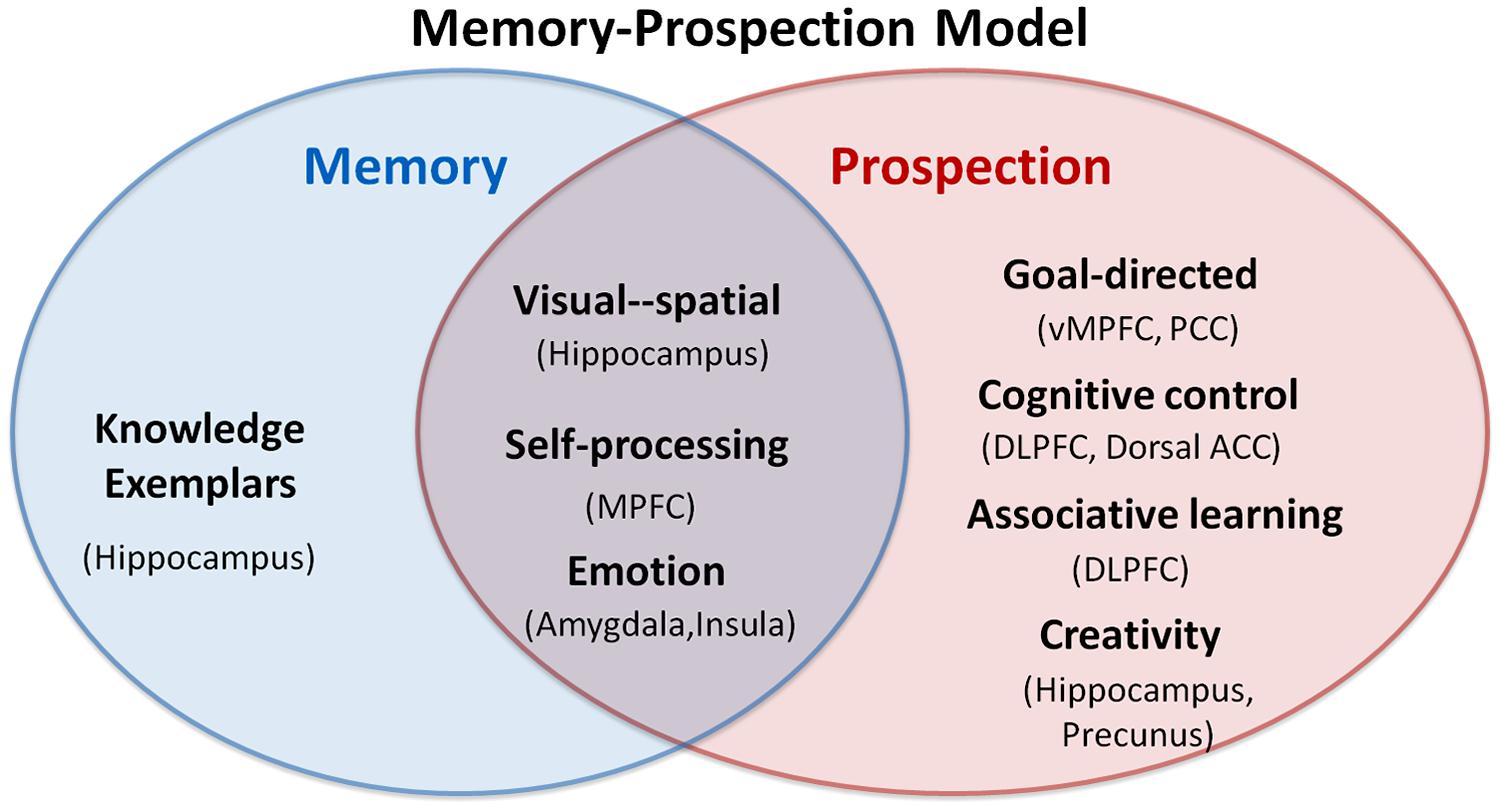
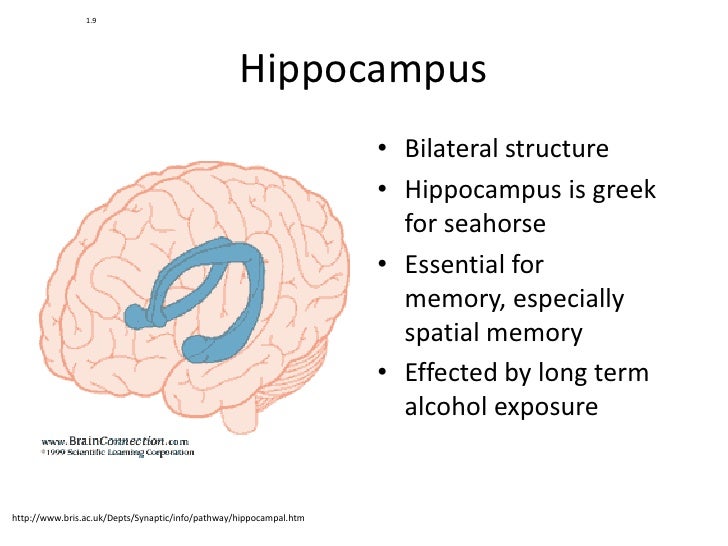
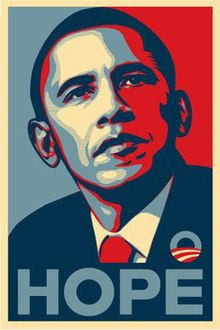




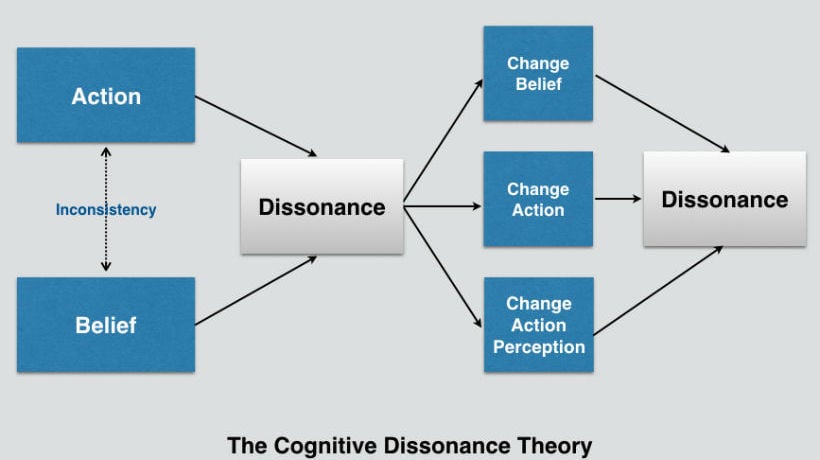


History and System
Professor Mark Berg
April 23rd 2020
The Optimism Bias - Book Report.
Tali Sharot - The Optimism Bias: A Tour of the Irrationally Postive Brain

Introduction
The Optimism Bias by Tali Sharot gives us an universal undersatnding of how our optimism plays a role in living a happier, livelier, and stress free life. However this does not change the fact that our optimism is an illusion, making us think that we on the right path or that we are always making the right decision. This same illusion helps us to constantly think about our futures in the long journey of life, expecting great achivements and outcomes along the way. These great achivemnets may include getting married, winning the lottery, finding our ideal job, or getting a pay raise that is double ot triple our salary. However in contrast, Sharot describes how these achivemnets don't always make us happy, but quite the opposite, it may make us more misrable. Nonthelsse we look at the world through our rosy lenses of our sunglass thinking that we know what will make us happy. The truth of the matter, however is that it is in fact our optimism that makes us happy. Throughout the book Tali Sharot uses, nuerological studies, psycological studies, and even real life senarios to tell her audiences just how the brain tricks us into always being optimistic. She tells us that we humans tend to be over optimistic about our own happiness at the same times being pessimistic about the rest of society .
Chapter 2: Are animals stuck in time ?
In chapter 2, Sharot talks about how both humans and animals can look into the future or the past to create a better and optimistic future. She calls this the ability to mentally travel by suing the knoweldge that we have stored to plan for the future, so that it won't be as bleak. For example we have to think about global warming now so that, the next gerenrations won't have issues on the planet 100 years from now. The same can be said for finding a mate, a wife or a hasband, we tend to be optimistic about that fact that if we marry this person, we will be happy in our lifetime. This is what Sharot referred to as prospection, which is the use of emotions and thinking to plan for future senarios through mental prepardness. In the chapter she used the California scub jay birds to the test if birds had the same type of prospection that humans had. In the study, the birds were were waken up in two room, in room A the birds always recieved breakfast, in room B the birds never recived breakfast. On this day, the birds were placed in room C where they always recived food, and they were even allowed to catch the food. So what did the birds do ?, they took some food from room C and hid it in room B, in anticipation of never reciving food in that room. This went to show that birds are capable of prospection just like humans are. So how is this possible ?, the aswered lied in the hippocampus (there are two on both sides of the brain). This is the region of the brain that is crusical for memory processing and storage, the hippocampus also grows in size with more memory. However what makes us different from animals is our front temproral lobes.Our front temporal lobes allow us to find novel solutions, see far into the future, make goals achievable, and process self awarness. There was a patient by the name of K.C. who had damage to his front temporal lobes and hippocamous. This patient was unable to remember upon memnory and thus was stuck in time, unable to revisit the past or look into the future.


Are some birds as clever as as chimps ? Scrubb Jay birds experiment - Cambridge University
Chapter 4: What do Barrack Obama and Shirley Temple Have in Common ?
In chapter 4, sharot talked about how we look upto someone else for hope and optimism when we feel or are surrounded by pessimism. For exmaple in 2008, the US economy collapsed, this economic downfall affcted the rest of the world. However at the same time, something new and great was happening in America, Barrack Hussien Obama was running for the office of the US president. This along with his campaign slogan "A Change We Can Belive In" gave people all around the world an opptimistic feeling. Eeven though this change mau have not directly affect people, it was something new and different, and so peopled welcomed it. They used this optimism to overlook the 2008 economic collapse in hopes that thing will get better. The same concept was applied in the 1930's during the great depression, where society became very depressed and pessimistic. However during that time there was Shirley Temple, an actress who gave everyone joy, happiness and optimism. Her movies offered a sense that "better times were just around the corner" similar to Obama's victory in 2008. Researchers belive that this is the result according to hormone oxytocin, this homone gives us a positive feeling as people bond or even smile. The smile will be taken with more confidence as a positive signal, thus reducing social anxiety. In this chapter, Sharot also talks about how people are optimistic about thier own self, or they own family, but are very pessimistic about the rest of society. For example the crime rates has increased in England over the decades dratically, however the residents are quite optimistic that they will fine. At the same time they say thier society is getting more and more crime ridden. This is because we feel as if though we can control our own faith and steer clear of the dangers. We get that feeling of "it won't happen to us". We also look at at those that are less fortunate then us, and say "we got lucky" this also gives us a superiority complex as well. However when things are out of our hands such as an economic crises, we say that "oh well rest of society is suffering from the same problem" and we hope that it gets better over time. Optimism and pessimism go hand in hand, one cannot exist with the other.

Chapter 5: - Can You Predict What Will Make You Happy ?
In chapter 5, Sharot tells us how we think that we know what will make us happy, but reality we don't know. In is never that tangeible things that make us happy, but rather it is out optimism that makes us happy. Ther are some factors that may be obvious that we may want that may make us happy with our timeframe and age. For exampple older people who are 75 years and older may want better health. A person who is young (18-25 of age) may want more money, just like middle aged person (45-55 of age) may want to go on more vacations. However there are also a braod range of factors that people think will make them happy, but in fact will make them less happy according to Sharot. One of these factors was married with children, according to Sharot people who get married and have children are less happy than couples that have no children. Sharot say that happiness reaches rock bottom form couples when they begin rasing children until the age of 18. From that time on happiness gradually increases and goes back prechild levels of happiness when the nest is empty. In additon a study by Kahneman found that experineced happiness of mothers was negatively correlated with the amount of time they spent with thier kids. People in fact only have kids because of the pressure from evolution to pass on our genes. Another study in Germany found that marriage did not affect happiness much either, as a matter of fact a survey by Ipos MORI found that only 33 percent of married couples described themselves as very happy. Another interestimg fact was that even lottery winners who win millions were eventually assimliate with thier wealth to the point where thier winning will no longer matter anymore. Lottery winners report the same level of satisfactions with lives as they did a year before they won the lottery. In additon, people need to obtain a vast amount to feel a difference, to the point where they might acutally feel happy. For emaple if a person is told that he will be paid $100 for a job, and at the end he is given $110, then that is not muc of a difference. However if was told $75 for the job and was paid $150, double the amount then we can expect a level of happiness and appreciation. Laslty, Sharot states that overall most people on the planet are in fact happy and optimistic just the way they are. So where does this happiness and optimism come from ? according to reaserch it comes from the rostral anterior cingulated cortex (rACC); an area in the frontal cortex that modulates activity in regions that are important for emotion and motivation. In depressed patinents the (rACC) fails in regulating amygdala functions adequately, this leaves depressed individuals to percieve possible misfortunes a bit too clearly.



Chapter 8: Why Do Thing Seem Better After We Choose Them ?
In chapter 8, Sharot explains why we always seem to like something after we have chosen it, even it it may not be as beneficial as we think. She talks about how people subsequently value the selected alternative more than less valued one when given two choices. This study was was furthure elaborated by phychologist Jack Brehn in 1956, when he asked a group of house wives to choose between two kitchen appliances that they liked better. The study revaled that they liked the iten they initially chose even if they got a second chance to change thier mind. Brehn called this discovery the free-choice paradigm. Basically people are more open to have a stong like towards a choice that they make weather it selecting a vacation spot between two places, or choosing between a family car or a mini cooper. This study was also done with monkeys and m&m's where the monkey belived that they chose either a blue or yellow eminem, however they monekeys were tricked into thinking that they were the ones choosing. This similar application was done with humans where they though they were choosing a vacation destination on a computer screen. However the decision was being made for them, nontheless the participants were satisfied with what they thought they had chosen because they belived it was thier own personal choice. For exmaple if an individual is faced with an option of either buying a family car ot mini cooper where they should really buy the family vehicle, there is a undersirbale aspects of conflicts. They might say that the family vehicle would have neen nice for the family, but the mini cooper is smaller, more economical, easier to park, and makes the driver feel young again. This phenomenon later became known as the cognitive-dissonance theory according to psychologist Leon Festinger. Nonetheless, whenever we are faced with making a decision, we will always choose to stick with whatever that decision it may have been. That is because deep in our subcouncious mind, we always feel that we have made the right choice. Therefore we have accept that choice and look at the bright side and the postives of that choice.



Conclusion:
In conclusion, I very much enjoyed reasding this book, as this book can relate to anyone on this planet. At some point in our lives we are all optimistic about something and we use that optimism to plan into the future and look ahead. However at the same time we need to be a little pessimistic as well because without pessimism we cannot be optimistic. For example we know that global warming is an issue that will affect the future generations that are yet to come. So therefore we have to deal with this issue with optimism, in a way that our next generations don't have to worry. I agree with Sharot that optimism is esessintial to live on and be happy, because if we did not have optimism them no one would move forward to survive, our human race would go extinct. Nonetheless there is an issue with being too optimistic, sometimes we are too confident that thing will go our way or that we have total control. That is when reality sinks in and slaps us on the face, telling us to weake up. So therfore its allright to look through the rosy lenses of our rose sunglass, but sometimes we have to take them off. That is because sometimes optimism, just won't help us, and in that situation we have to come up with another plan to make things right. Even if we win the lottery or our salary gets doubled or tripeled, some things still won't change. These things include, rasing a family, keeping a marriage together, worrying about financial stability. That is because after a while we will realise that what we though was gonna make us happy, only made us happy for a shot amount of time, and that time fades away. There was nothing that I disliked about the book, I agree with her that people too often look through the rosy lenses instead of with their eyes and that often hurts them. Life would be so much eaier if we all could simply look through the rosy lenses of our sunglasses and be allright, but that is not the case.

Source:
Sharot, T. (2011). The Optimism Bias A Tour of the Irratinally Positive Brain (pp. 3-211). New York, NY: Fist Vintage Books Edition.

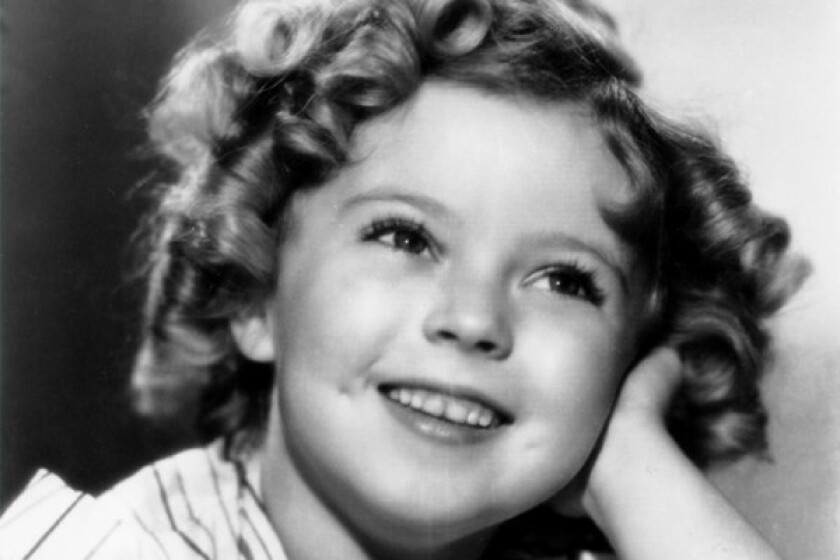
Comments
Post a Comment